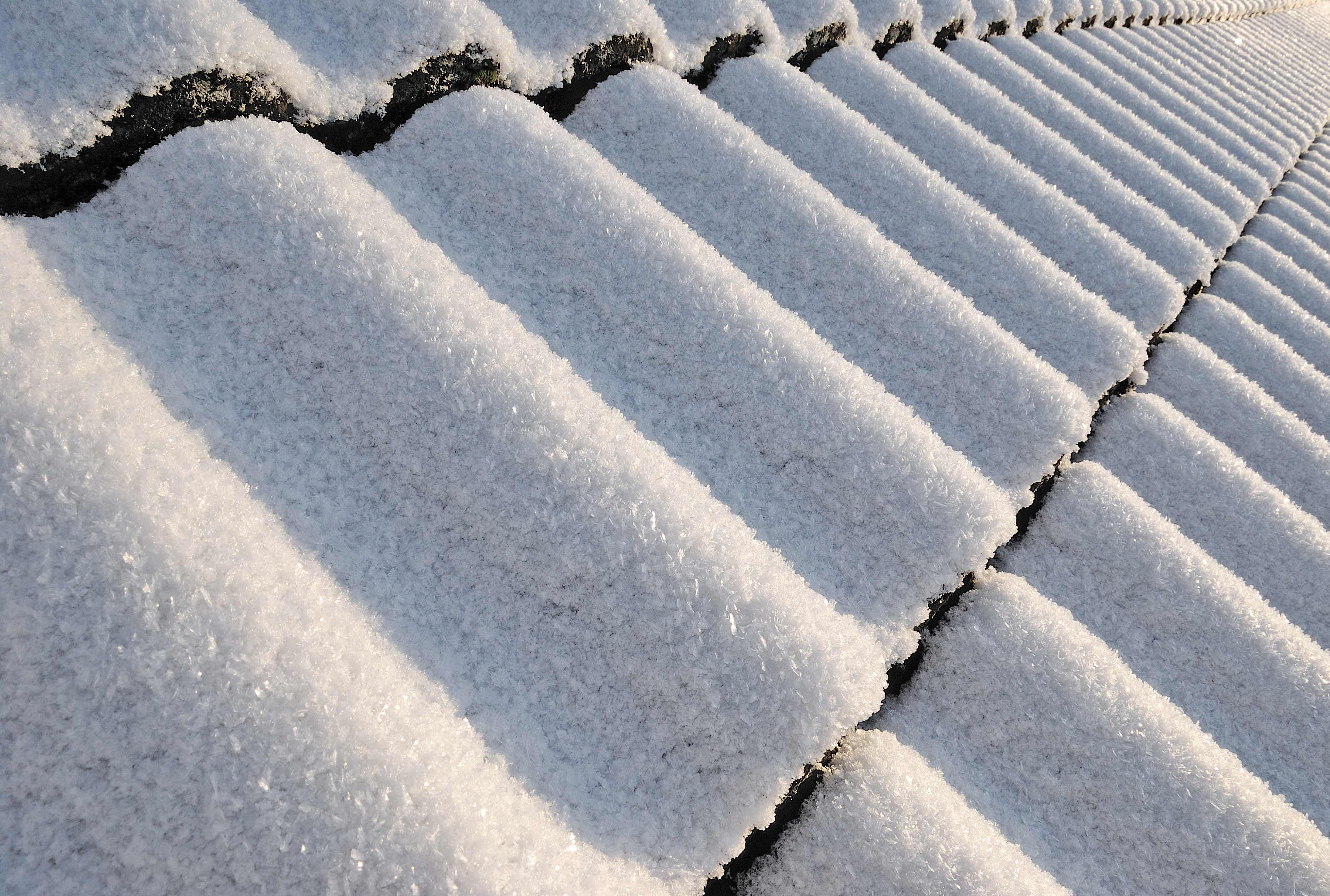Key Takeaways
- Checking the performance of your heater is a simple, though important, part of preparing your property for winter.
- Clearing gutters, before the snow and rain arrives, is a great way to avoid future property headaches.
- Seal driveway cracks while they’re small, or else water can fill them and create larger cracks later on.
Just because the temperature drops, and the Christmas decorations come out, doesn’t mean your job as a landlord is done. In fact, learning how to prepare your property for winter is one of the best investments of time (and money) that you can follow through with. Cold weather can wreak havoc on even the most secure of properties, and implementing winter maintenance tips can be a great way to safeguard against unforeseen winter damage.
What are the exact winter home maintenance actions you should take? Is there a way to both protect your home and also tap into winter curb appeal? How do you tap into existing winter curb appeal trends, not to mention winter marketing trends, with your winter home improvements?
Among the areas to focus on include inspecting your attic for trouble areas (usually takes no more than a couple minutes), insulating exposed pipes with foam, pruning trees and shrubs (to ensure they don’t break when covered in ice), and sealing driveway cracks.
Here are nine key areas to think of when you prepare your property for winter and protect those most valuable parts of your investment portfolio.
9 Steps To Prepare Your Property For Winter

1. Check The Heater
This might be the most inexpensive item on the whole list, but it might also be the most important. You want to spring for standard maintenance on your heater, including a filter change, to ensure that you avoid a much-larger fee down the road.
While you’re at it, don’t forget to look at the water heater. Many local utility companies will come out to your property — free of charge — to see if there are any leaks that might make a rental property uninhabitable.
2. Clear The Gutters
Nothing can cause damage in an investment property quite like water, and nothing gathers water to the exterior of a home like clogged gutters. Remember, you don’t have to only worry about rainfall causing problems; melting snow can also put a major hiccup in your gutter system.
3. Prune Trees & Shrubs
Ice can be quite heavy, especially when it hangs on trees and shrubs. This can cause the flora on your passive income property to sag — or even to break — which can lead to expensive damage when it falls onto your property.
4. Inspect The Roof
Ask any roofing person, and they’ll tell you winter is an extremely difficult time to repair a roof, whether it be replacing shingles or taking care of any other roof-related issues. Before your roof gets buried in snow, carve out some time to make sure your roof is ready for a winter wonderland.
5. Seal Driveway Cracks
Here’s another sign of the destructive power of water to your real estate investment. That small crack, here or there, in your driveway can double — even triple in size — with a little water getting in the crack, and then freezing when the temperatures drop. To avoid the same fate with your driveways and walkways, invest in a concrete sealer and generously apply to any areas that need a little TLC.
6. Give Your Insulation A Once-Over
Don’t worry; this isn’t something that should take hours and hours, and require you to put on your Hazmat suit in order to implement. You just want to pop your head into your attic, with flashlight in hand, and just look around.
Is there evidence of water damage anywhere? Any leaks? Any pest infestation? Or critters from the outside looking for a warm place to call home? (You don’t want squatters in your rental property!)
7. Prepare Your Sprinklers
This is one area that a lot of rental property landlords neglect to think about. This can lead to a malfunctioning sprinkler, come spring time, or worse, a burst pipe that can lead to serious water damage underground.
If you do have a sprinkler system, and you expect the temperatures to drop significantly, you want to make sure you empty all water out of the sprinkler system so new excess liquid can wreak havoc.
8. Mind The Gap
No, we’re not referring to the famous slogan of the London Underground transit system. We’re talking about minding the gaps and holes you have in the exterior of your real estate asset.
One key reason to do this is the loss of warmth. Gaps in areas like doors, pipes, vents and windows can really boost heating bills, and leave a property dangerously cold.
Another reason to go over your property to look for gaps is the possibility of rats and mice — depending on your area to move in and take refuge. If you have bigger gaps than you can fix with a simple once-over.
9. Insulate Pipes
Pipes are quite vulnerable to bursting in the winter when liquid can freeze. Walk around your property and look for any un-insulated pipes, and cover them in foam sleeves to guard against them rupturing when the winter temps come.
Do you have some tips to prepare your property for winter? Let us know in the comments below.
